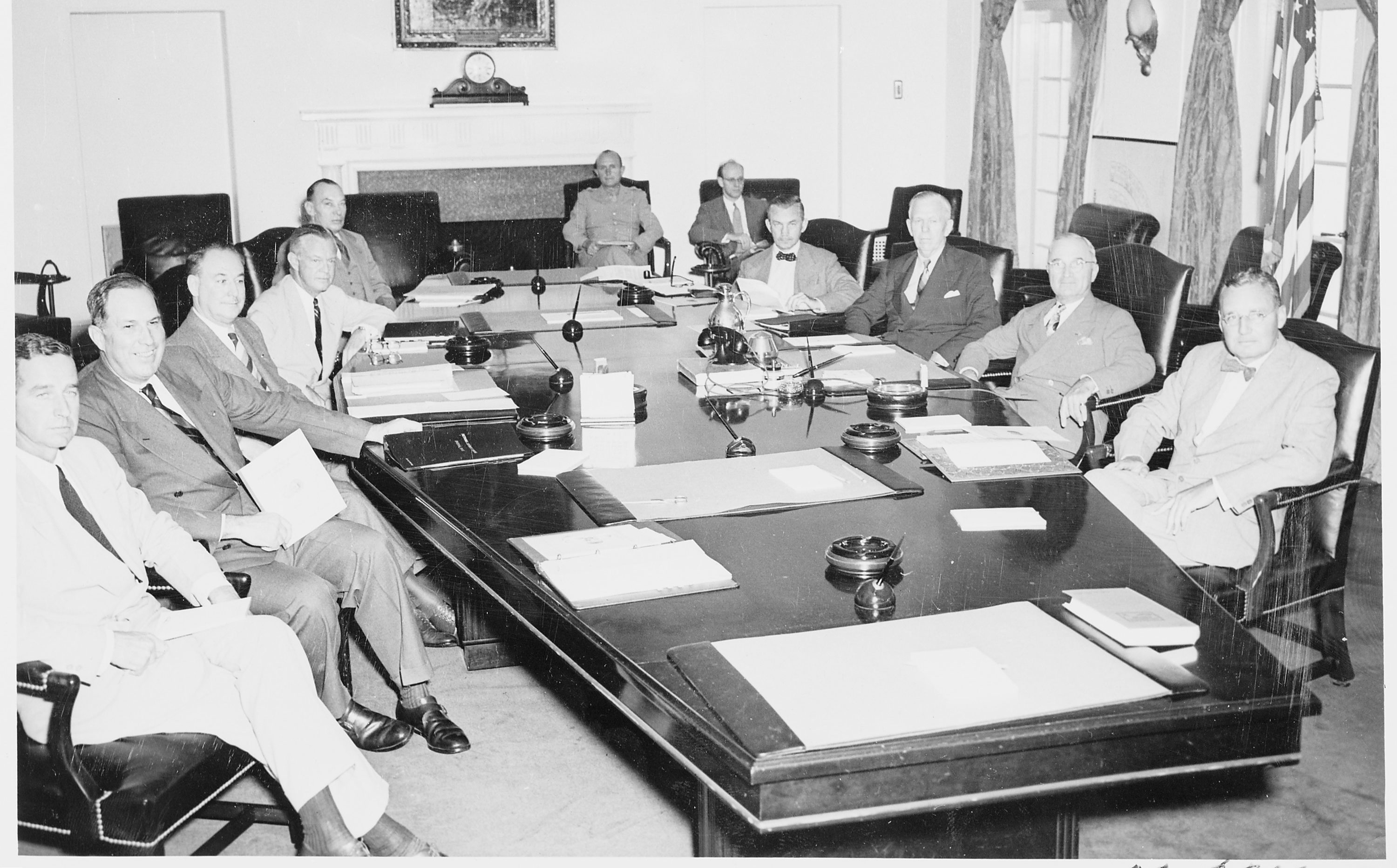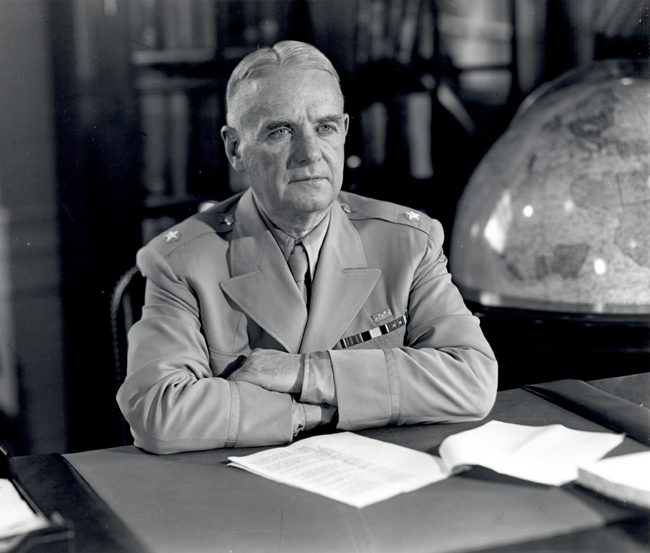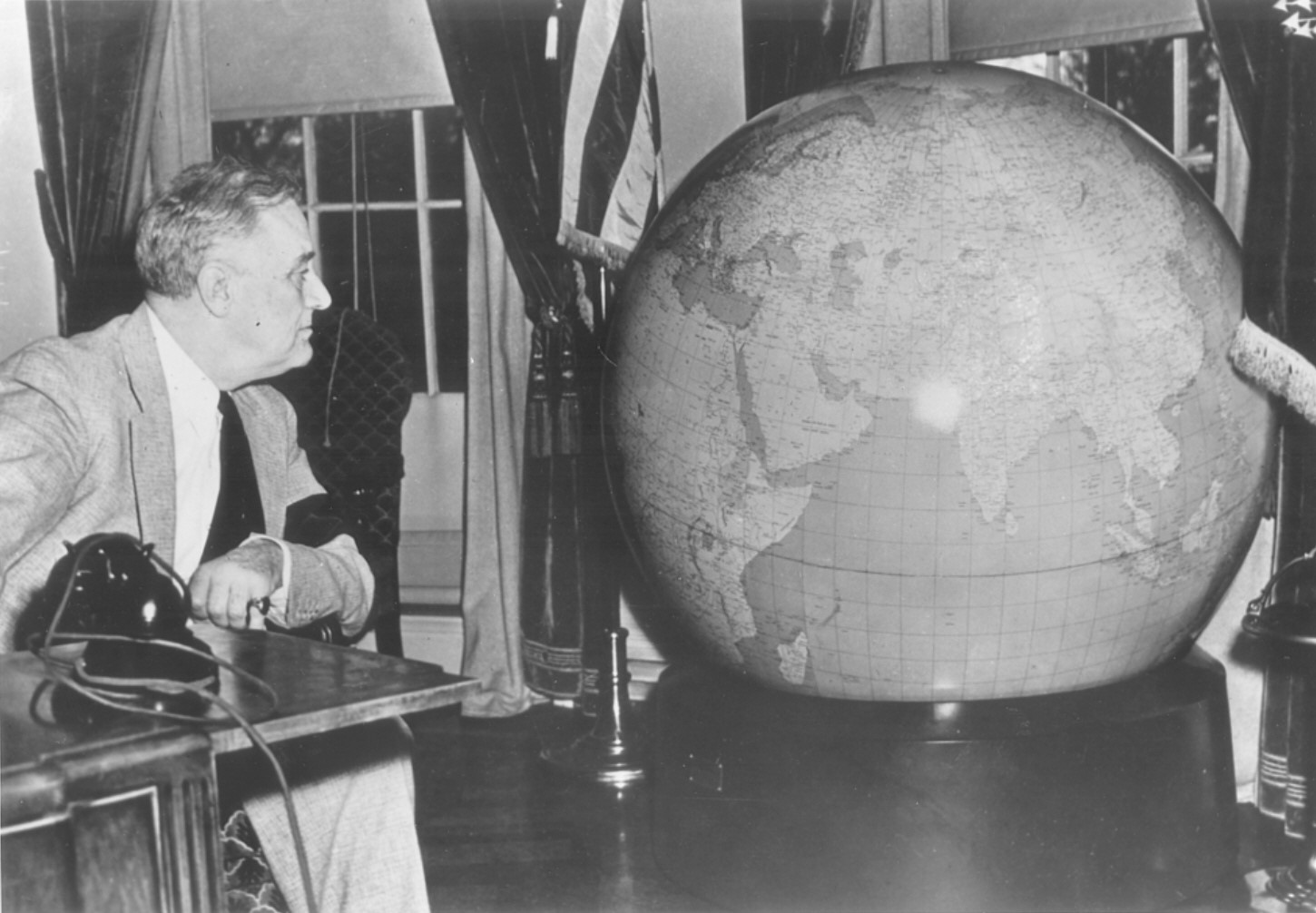When The C.I.A. Is Formed In 1947 (Established By President Truman)

The C.I.A. has long loomed large in the minds of tinfoil hat–wearers and fans of police procedurals alike, but its formation was born out of the need for oversight. Following World War II, the U.S. government was desperate to prevent another Pearl Harbor, which would require a new agency that could gather information on threats to national security and keep it all in one place. A central intelligence agency, if you will. At the time, President Truman was iffy on the creation of a new agency, but at the onset of the Cold War, he changed his mind and brought the C.I.A. to life.
Before The C.I.A.
Brave spies willing to risk life and limb for covert operations in the federal government have always been around, but after the attack on Pearl Harbor in 1941, the Office of Strategic Services was born. Headed by General William J. Donovan, the upstart group was put together to investigate "strategic information" to use during the war, frequently venturing behind enemy lines to lead disinformation campaigns and upend enemy military installations in both Japanese and German territories. With around 13,000 agents working in the field and at home, this specialized group played a major part in bringing down the Axis from the inside. When the war came to an end, President Truman didn't really see a need for a super secret government operation to continue moving through the shadows, so he shut it down.

Truman immediately had second thoughts about dissolving the O.S.S. The Cold War between the United States and the Soviet Union was ironically heating up, and he needed to know what was happening on the other side of the iron curtain. It's not like everyone in the O.S.S. got out of Washington in 1945; they were government lifers, so most of the higher ups were still around and looking for work.
Initially, Truman put together the Central Intelligence Group to gather and coordinate the information coming from the various branches of the military, but by signing the National Security Act in 1947, Truman created the Central Intelligence Agency, a group that was separate from the military. In addition to gathering information, they were freed up to take part in their own missions overseas without being hindered by a different government agency.

The Directors Of The C.I.A.
In 1947, Roscoe H. Hillenkoetter was named Director of Central Intelligence. As a Navy commander, he looked like the the perfect guy to get the fledgling agency in shape, but Hillenkoetter wasn't long for the C.I.A. When North Korea invaded South Korea, Hillenkoetter returned to the Navy as a vice admiral before retiring in 1957.
After another short bout of leadership from General Walter Bedell Smith, the role was taken over for nearly a decade by Allen Dulles, who mostly worked in the intelligence community. Dulles turned the C.I.A. into an active agency that did more than gather intelligence. During his time as director, the group took part in overthrowing the government of Iran in 1953 and Guatemala in 1954. It was the heyday of the spy era, when most of the James Bond–type stuff took place, but it wouldn't be like that forever.

The C.I.A. In The Middle East
In 1949, the CIA had their coming out party when they allegedly helped Syrian Army Chief of Staff Husni al-Za'im carry out a bloodless coup against then–President Shukri al-Quwatli. According to former C.I.A. Damascus Station Chief Miles Copeland, Jr., the U.S. wanted to exert influence over countries in the Middle East as they broke away from Europe. The change in regime was the catalyst for decades of political turmoil in the area that the C.I.A. has never taken responsibility for.
Four years later, the agency backed the overthrow of Iran's prime minister, Mohammed Mossadegh, by the Iranian military. The C.I.A. waited 60 years to acknowledge their role in the coup, which had a huge effect on the anti-American sentiment that spread through Iran in the following decades.

The C.I.A. In The '60s
From its creation in 1947 to 1959, the C.I.A. was a well-oiled foreign intelligence machine, but in 1960s, Dulles led the agency through a series of mistakes that put the group in the crosshairs of the media and the public. At the time, their biggest win was getting a copy of Nikita Khrushchev's secret speech that denounced Stalin and passing it along to the New York Times to "de-Stalinize" the Soviet Union. However, that was just the preamble to one of their most major missteps.
On May 1, 1960, the Soviets took down a C.I.A. U-2 near the city of Sverdlovsk in interior Russia, bringing an end to the agency's unblemished record of slipping seamlessly in and out of foreign countries. The loss of a U-2 forced Kennedy to call off rocket flights for 45 days, leading to a "photo gap" in the Soviet Union and the Soviet-friendly Cuba. Obviously, there were already major problems between the United States and the Soviet Union, but having America's spy organization front and center in the news was the last thing that the agency wanted.
As much as this was a huge failure that reverberated catastrophically throughout the next few decades, the C.I.A. has carried on with their original mission statement: "collecting intelligence that matters."

PoS Truman was in on the ASSASINATION of JFK. He LET the zioNUT Israelis attack the USS Liberty. Threatened them if they told the TRUTH. The CIA worked WITH MOSSAD to do 911. zioNUTS ARE ISIS. They DID Epstein and Beruit NUKE! Get it?
ReplyDelete